Wednesday, 23rd April 2014: My “me-time” of choice involves cycling, I enjoy it, it’s a healthy activity, it is a cheap and reliable form of transport and I can combine it with my photography, it has a small footprint… The list goes on.
I also find cycling has the right range of speeds. Now I am not a super-fast cyclist, but I reckon that a bicycle provides the perfect balance between covering ground and being able to take in the ground you cover and accessing those difficult to reach pieces of ground.
Now that is just my personal view, my wife prefers walking to cycling, perhaps she likes to look more closely at things (which makes sense since one of her other hobbies is gardening). However when we are on holiday we do tend to go walking as that is something we both can do without too much extra gear.
There are some wonderful woods in the Cambridgeshire area and a friend sent us some pictures her family’s visit to see the bluebells in Lower Wood which is near Weston Colville. Apparently “Lower Wood is a fragment of typical ancient woodland”. Now the bluebells looked lovely and what’s more I knew the area as there are some delightful byways and bridleways that I enjoy cycling along – “More green lanes to rattle your teeth out – Part 1” and Part 2. The first link even mentions Lower Wood by name, although I had never visited it.
As it was a nice day and my wife and I both had a bit of time to spare I thought we would strike while the bluebells were blue. It was a little far to walk and I couldn’t persuade my wife to go on the tandem so we drove (the shame). We parked on Horseshoe Lane. There was space, although I am always a little reluctant to park along village roads and clog them up.
Horseshoe Lane is alongside the Weston Green Cricket Pitch and along The Green (road) edge is a magnificent Horse chestnut Tree. Enjoy them whilst you can they are falling out of favour as they are susceptible to fungal diseases (bleeding canker can kill them)and the horse chestnut leaf miner – which makes them look as if Autumn has come early (the leaves go prematurely brown and drop off). They were introduced into the UK in the 1600s so aren’t that old then (cf Cambridge University 800 years old).
The walk is roughly 4.5Km/3miles, so not far. We probably zig-zagged in the woods a little more than I showed on the map. Here is the Bike Route Toaster Map.
Horse Chestnut on The Green – Weston Green
Map of our Walk
We walked down Horseshoe Lane and then along the bridleway, which was a narrow, well-trotted path with hedges on both sides. If it had been wet it would have been pretty awful. What we hadn’t realised is that the owner of the farm track that ran alongside had given permission for walkers use the track.
Not all the wood is public and when went for our walk wood was being cut. Once you reach the wood the bridleway followed the edge of the field. There are two ways into the wood – only one if the public way.
Bridleway to Brook Lane (a byway)
Once we were in the wood I took a picture of the first bluebell I saw – just in case they had gone over!
Bluebell in Lower Wood
My fears were misplaced, there were still carpets of bluebells.
A Carpet of Bluebells Lower Wood
There were patches of wood without bluebells – but as you walked around there were lots of bluebells to see.
Another carpet of Bluebells in Lower Wood
And Another
During the war scientists from Cambridge tried to create mutant rabbits to eat all of the enemies carrots – these are the last remnants of those dark experiments – mutant bluebells – whitebells.
What do you get when you cross a bluebell with a whitebell?
Did I mention the carpets of bluebells in Lower Wood?
There were loads of bluebells
At the edge of Lower Wood – Oil Seed Rape in Flower
When I was growing up I reckoned to know the names of the butterflies around – and here I am many years later wondering what they are called. Is it that I am getting old and forgetful or that I live in a different part of the UK and there has been quite a change in the fortunes of butterflies over the years. (The latter I reckon). This is a Comma, I reckon, next time I must check underneath!
Comma – Lower Wood
To my untrained eye I reckon these are cowslips – but they could be oxlips? I should have had a sniff (apricots for cowslips).
Oxlips – Lower Wood
These yellow flowers are what my son (in the farming business) would call volunteers – they are Oil Seed Rape plants from last year.
Oil Seed Rape Volunteers
We walked up the hill to Brook Lane ( a gravelled track) down to the River Stour – we used the footbridge not the ford. The views across the countryside were wonderful. Perhaps it is time for a Solar Farm or Road to be built. (Plans for Solar Farm – near Childerley – 405acres!). (A14 upgrade will hit a few scenic footpaths/bridleways)
The Highways Agency uses Google Maps on its website – which don’t show footpaths of bridleways – so you won’t always know what you have got until it’s gone.
Cambridgeshire Countryside
Orange-tip Butterfly (the clue is in the wings)
Agriculture in Action – Cambridgeshire
The bridleway back to Weston Green – one I cycle along.


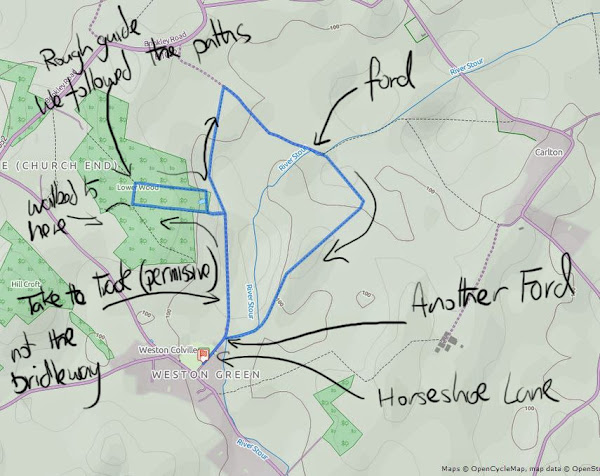
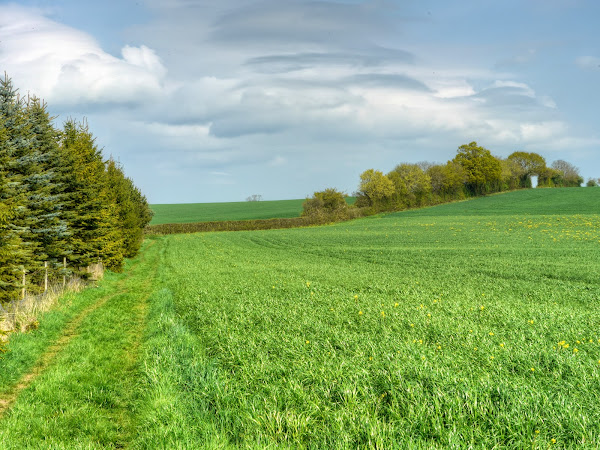
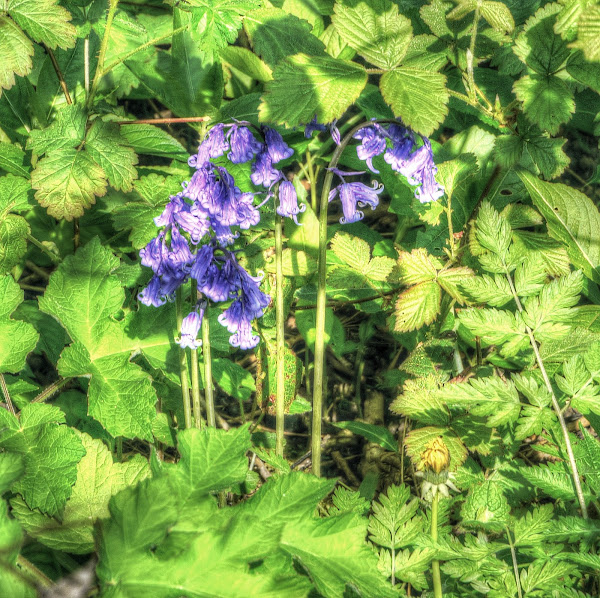


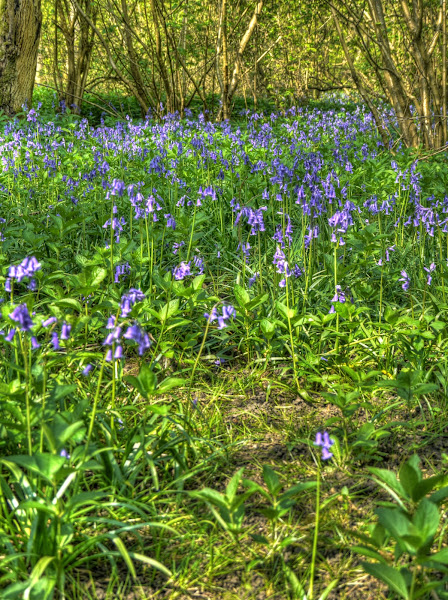
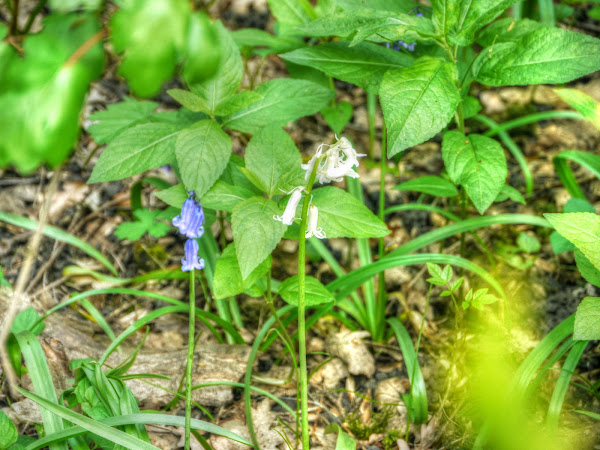
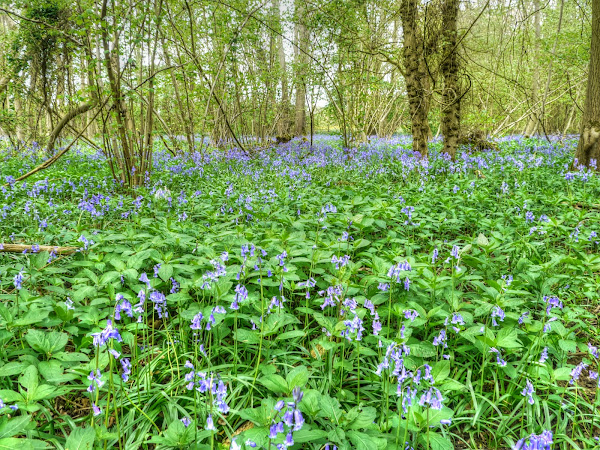
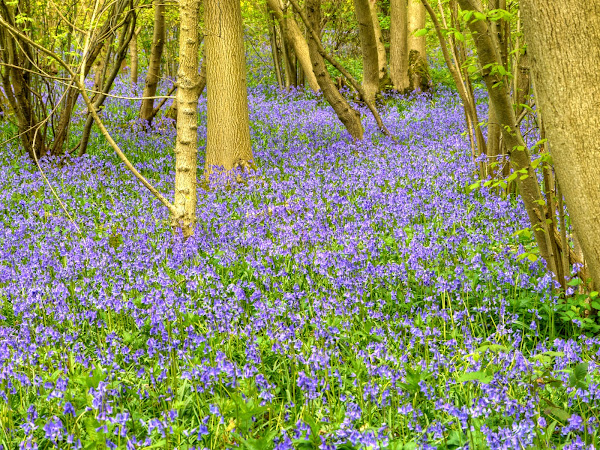
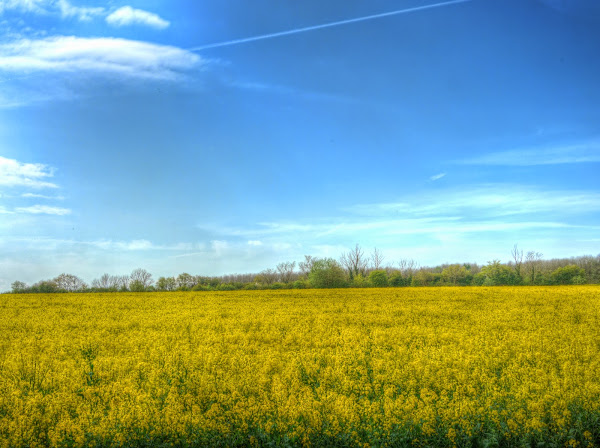

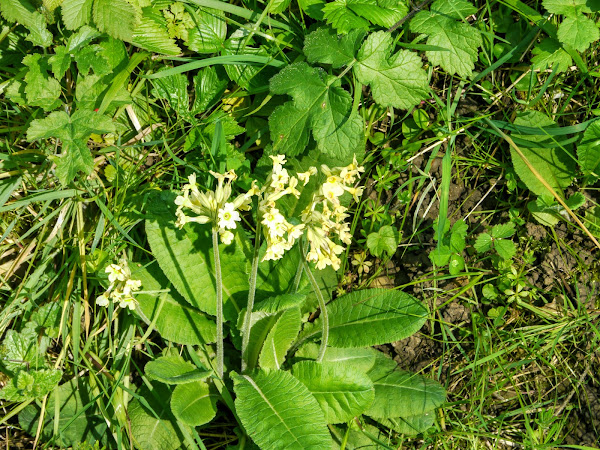
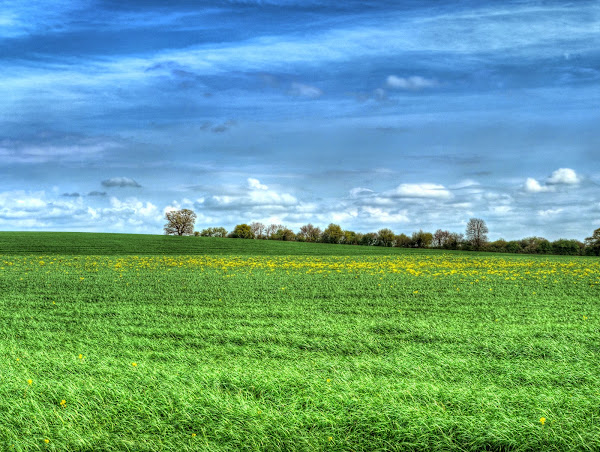
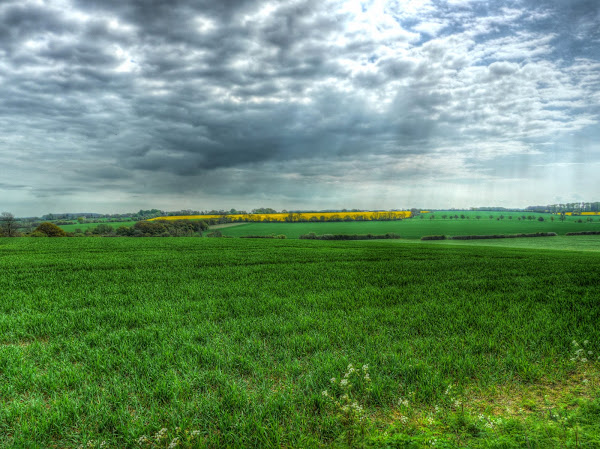

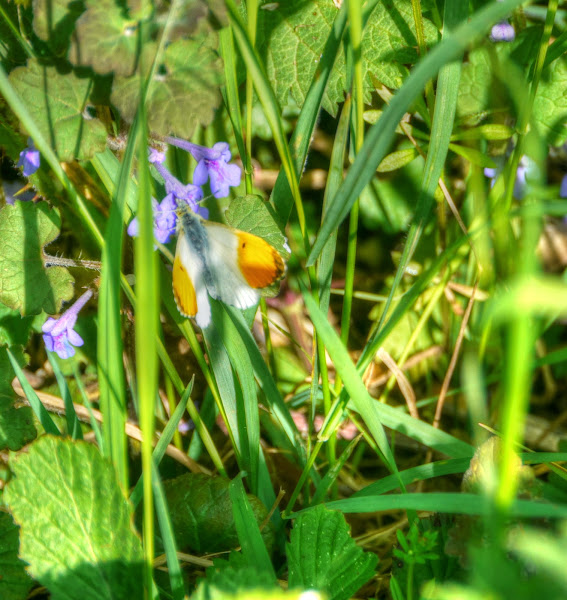
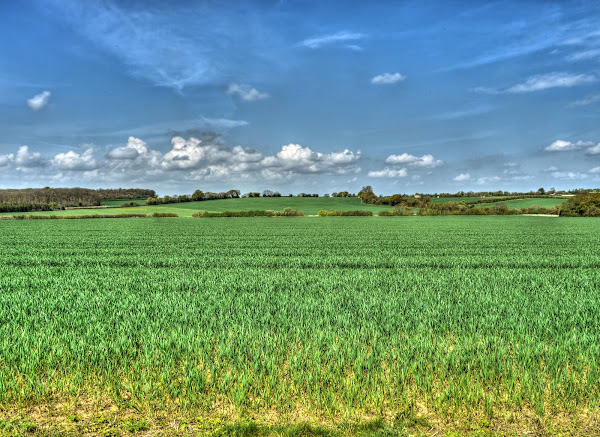
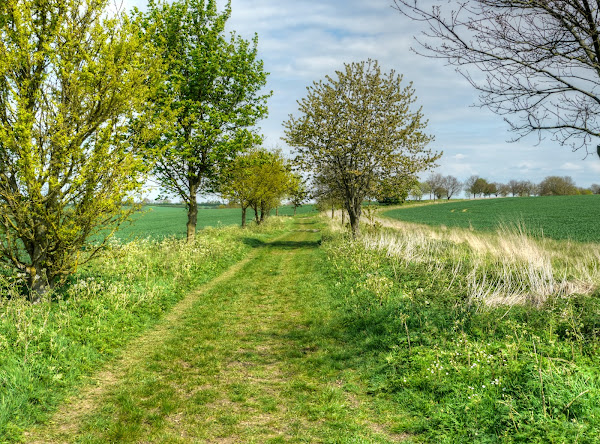
No comments:
Post a Comment